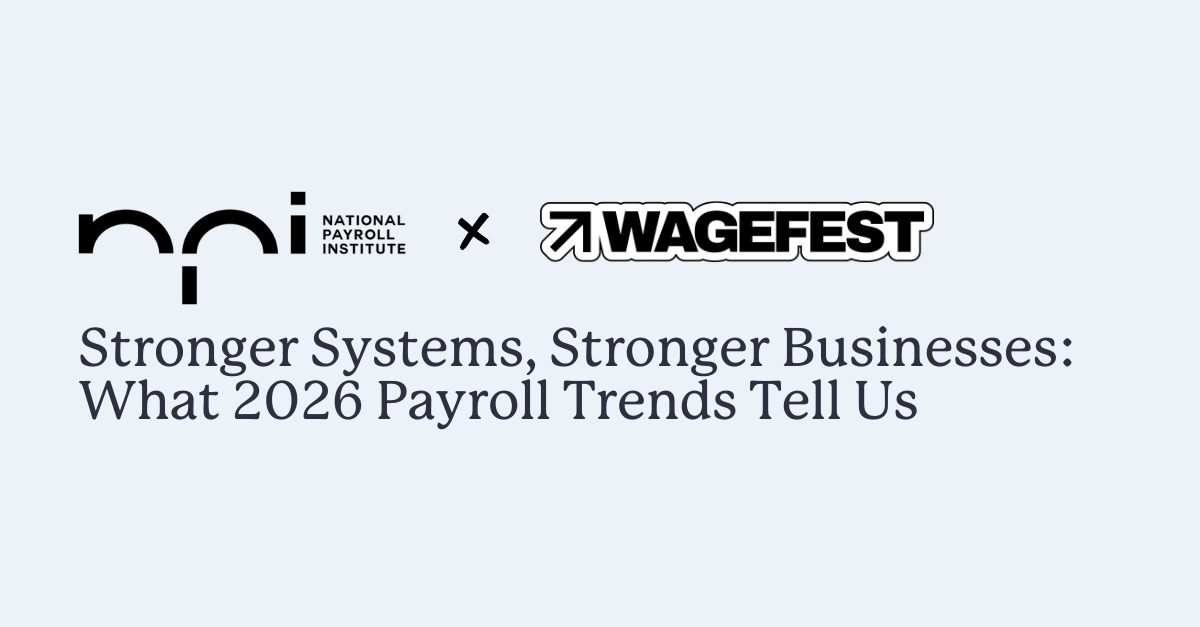Become an insider!
Get our latest payroll and small business articles sent straight to your inbox.
Company vehicles can simplify operations, but before you hand over the keys to an employee, it’s important to understand how the tax implications will impact payroll. Between distinguishing business and personal mileage, calculating standby charges, and managing deductions, it’s easy to make mistakes that cost you time (and possibly penalties).
To get started — and stay compliant — it’s important to know the two types of automobile benefits:
- The standby charge, and
- The operating expense benefit.
This blog post will break down what each means, how to calculate them, and how to stay compliant when reporting to the CRA.
Common Mistakes with Automobile Benefits
- Not maintaining mileage logs that clearly separate business vs. personal use
- Applying the reduced or simplified standby charge methods without meeting CRA eligibility requirements
- Miscalculating operating expense benefits on company vehicles
- Misclassifying vehicles. The Income Tax Act defines automobiles and motor vehicles differently; use the CRA Vehicle Validator to confirm.
- Not collecting personal-use reimbursements from employees within 45 days after the end of the year.
What Counts as an Automobile Benefit?
An automobile benefit arises any time an employee uses a company vehicle for personal reasons — whether that’s running errands, commuting, or weekend travel.
There are two main components you’ll need to account for:
| Type of Benefit | What It Covers | When It Applies |
| Standby Charge | The value of having a company vehicle available for personal use | Whenever an employee can use a company vehicle for non-business travel |
| Operating Expense Benefit | The cost of personal use of the vehicle (e.g., gas, maintenance) | When the company pays the operating expenses for that personal use |
CRA’s Resource: – Automobile provided by the employer
If an employee has access to a company-owned or leased vehicle for personal use (even short trips), this creates a standby charge required for the calculation of the automobile benefit.
Standby Charge Benefit
A standby charge represents the benefit an employee receives when a company-owned or leased vehicle is available for personal use. Any reimbursements from the employee (excluding operating expenses) reduce the standby charge.
Methods to Calculate the Standby Charge
Reduced Standby Charge:
An employee qualifies for the reduced standby charge method if all these conditions are met:
- The vehicle is required for employment duties
- More than 50% of kilometres driven are for business purposes
- Personal driving stays within CRA’s allowed limit
Simplified Standby Charge:
An employee qualifies for the simplified standby charge if all of the following apply:
- The employer owns the automobile
- The employee uses the same automobile all year
- The employee’s main job is not selling or leasing automobiles
- The employee is not eligible for the reduced standby charge
Detailed Standby Charge:
Use the detailed standby charge in any of the following situations:
- The employer owns the automobile.
- The employer leases the automobile.
- The employer owns the automobile and the employee’s main role is selling or leasing vehicles
- You don’t qualify for the reduced or simplified standby charge methods
Operating Expense Benefit:
This arises when the employer pays for costs related to the personal-use of a company vehicle (such as fuel, maintenance, insurance, or other operating expenses) and the employee does not fully reimburse the employer for their personal-use portion. Pro tip: Skip the manual calculations and use the CRA’s Automobile Benefits Online Calculator to easily determine both the standby charge and operating expenses benefit.
Payroll Deductions, Remittances and GST/HST
Once the automobile benefit is calculated, it’s considered taxable and pensionable employment income Here’s what that means for payroll:
- Employment Insurance (EI): Because this is a non-cash benefit, it is not EI insurable, so no EI premiums are withheld
- Canada Pension Plan / Québec Pension Plan (CPP/QPP): The taxable portion is pensionable, so employers must deduct CPP/QPP contributions
- Income Tax: The value of the benefit is included in employment income, so employers must withhold income tax
- GST/HST: In certain situations, when the employer pays for personal-use vehicle expenses, GST/HST must also be calculated, reported and remitted
Pro tip: Use CRA’s step by step guide to determine and calculate the taxability of employer-provided vehicle benefits.
When to Record the Taxable Automobile Benefit
Best practice is to include the automobile benefit in the pay period it is received or enjoyed, even if the employee reimburses the employer later. If the final mileage isn’t ready yet, you can use a reasonable estimate and adjust once the totals are confirmed. Staying on top of this throughout the year makes year-end reporting a lot smoother.
Year-End Reporting
When it’s time to prepare T4s or T4As, the automobile benefit amounts should already be reflected in your payroll records. Here’s how they’re reported:
T4 (Employees):
- Box 14 – Add the value of the automobile benefit to the total
- Box 26 – Add the value of the automobile benefit to the total up to the annual max earnings
- Code 34 – Add/report the value of the automobile benefit in total
T4A (Shareholders or Partnerships):
- Code 028 – Report the value of the automobile benefit in other income
For many small businesses, company vehicles are part of getting the job done. But when those vehicles are available for personal use, they can create a taxable benefit that needs to be reported.
Wagepoint automatically calculates taxable benefits, manages deductions, pays remittances, and generates accurate T4 slips—so you can focus on running your business, not second-guessing your payroll.
Ready to simplify benefits management? Book a Wagepoint today.











